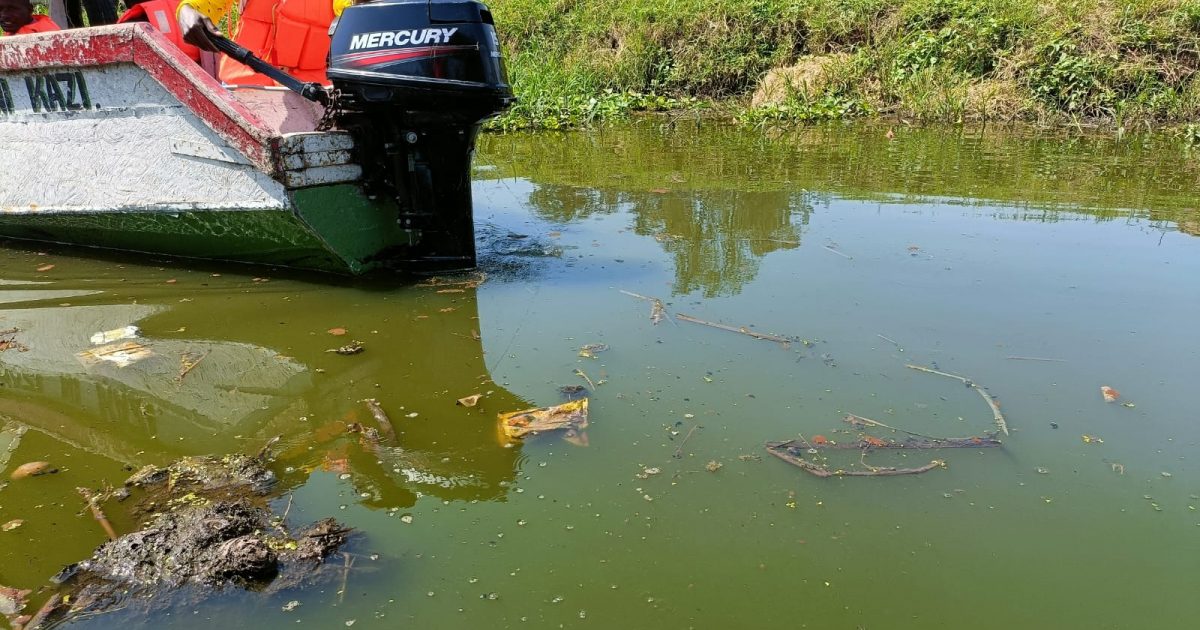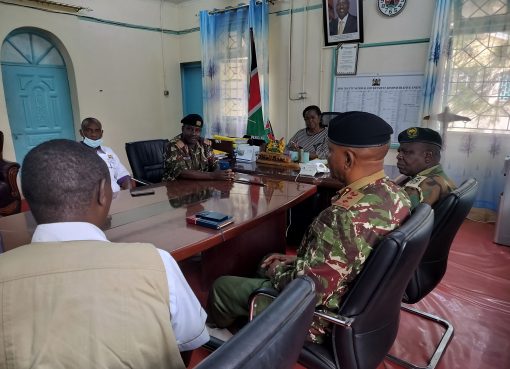The Kenya government is demarcating 13 fish breeding grounds on Lake Victoria in Kisumu County to curb fish kills after local fishermen lost Sh1 billion worth of fish last year due to a phenomenon termed as upwelling.
The demarcation of the breeding grounds, which are normally located at the mouth of rivers, is aimed at restricting fishing activities at the hatcheries in the lake to 30–40 per cent to ensure sustainable use of the resource in the Lake before it gets depleted.
During a forum organised by the Media for Environment, Science, Health, and Agriculture that brought together journalists from the Western Kenya Region at Dunga Beach on Thursday,relevant experts aired their views on how best to reduce pressure on the Lake’s resources.
The Director in Charge of Fresh Water Research at the Kenya Marine and Fisheries Research Institute (KMFRI), Christopher Aura, who joined the discourse via Zoom, allayed fears that fish from Lake Victoria was not safe for consumption.
Aura said Eutrophication (the gradual increase in concentration of phosphorus, nitrogen, and other plant nutrients in an aging aquatic ecosystem such as a Lake) affects the productivity or fertility of such an ecosystem, which naturally increases as the amount of organic material that can be broken down into nutrients increases.
The KMFRI Director singled out causes of Eutrophication as Fertilisers, untreated sewage, detergents containing phosphorus, and industrial discharge of waste.
Aura said the consequences of cultural eutrophication include blooms of blue-green algae (cyanobacteria), stained drinking water supplies, degradation of recreational opportunities, and hypoxia (inadequate oxygen in the tissues to sustain bodily functions).
He said that other areas of concern include fish cages located in places not designated for them, wrong feeds, poor feeding, and not clearing the nets, which are serious challenges on the Lake.
“Fish die when there is upwelling (the process in which deep, cold water rises towards the surface). Displaced surface waters are replaced by cold, nutrient-rich water that “wells up from below,” he explained.
Aura said the government is undertaking Marine Planning to determine the suitable places where the fisherfolk should locate the fish cages.
This involves mapping the fish breeding grounds and water hyacinth control, which proved a nightmare to the fishermen.
“This is why we are calling for manual removal of the water hyacinth as the first step towards promoting cleaner habits while at the same time providing a conducive environment for tourism, water sports activities, fisheries, and conference tourism in neighbouring counties like Kakamega, Bomet and Kericho among other counties,” Aura said.
He said apart from being the second largest freshwater Lake, Victoria achieved another feat as the best freshwater fisheries producer for Nile perch, standing at 115, 000 Metric tons with the potential of producing 300, 000 Metric tons valued at Sh. 12 billion.
According to the Kenya Fisheries Service (KFS), production of fish from Lake Victoria dropped from 200, 000 Metric tons in 2012 to 90, 000 Metric tons in 2021 before rising to 98, 000 Metric tons, fetching the country Sh12 billion.
However, the production level in 2023 stands at 152,728 metric tons, according to the World Bank collection of development indicators.
“Lake Victoria has over 47, 000 fishermen, including 1,000 women. The groups have more than 15,000 boats all going into the lake, while illegal nets have also increased tremendously,” Aura noted.
He revealed that by April 2022, there were over 5,000 fish cages in Lake Victoria, and already his team of officers and other partners have worked tirelessly to map out their location, with confirmed reports that 40 per cent of them were built in the wrong places.
Of major concern are the contamination (pollution), which includes discharge points on the River Kisat, among other spots, and industrial and sewage dischargers, which should all be treated before finally being released into the Lake.
Hospitals, fishing Landing sites, erosion and siltation, along with industrial and domestic waste and plastics, should remain in sharp focus.
By Joseph Ouma



